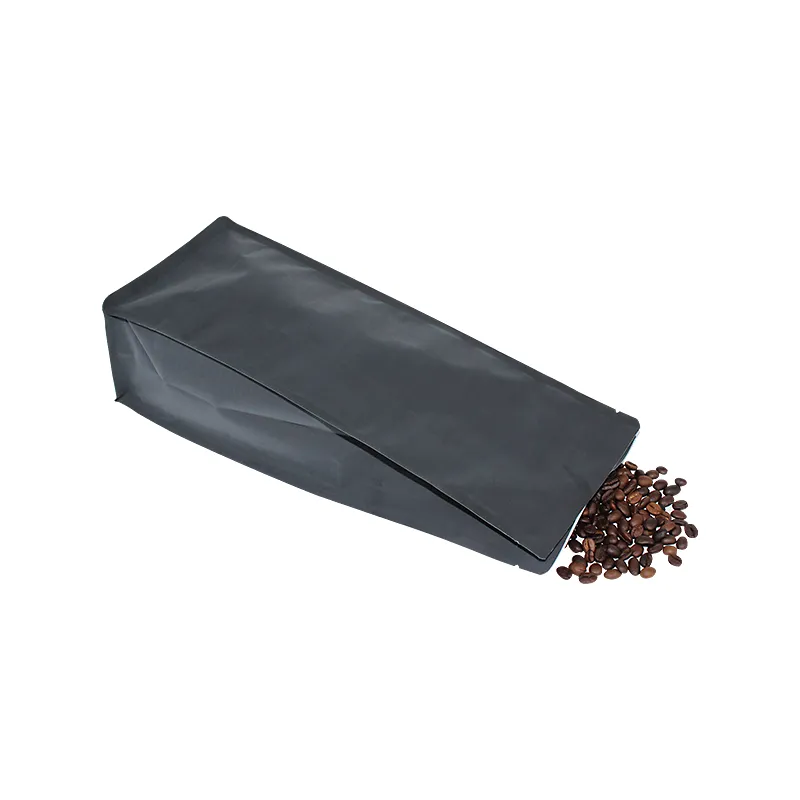- Afrikaans
- Albanian
- Amharic
- Arabic
- Armenian
- Azerbaijani
- Basque
- Belarusian
- Bengali
- Bosnian
- Bulgarian
- Catalan
- Cebuano
- chinese_simplified
- chinese_traditional
- Corsican
- Croatian
- Czech
- Danish
- Dutch
- English
- Esperanto
- Estonian
- Finnish
- French
- Frisian
- Galician
- Georgian
- German
- Greek
- Gujarati
- haitian_creole
- hausa
- hawaiian
- Hebrew
- Hindi
- Miao
- Hungarian
- Icelandic
- igbo
- Indonesian
- irish
- Italian
- Japanese
- Javanese
- Kannada
- kazakh
- Khmer
- Rwandese
- Korean
- Kurdish
- Kyrgyz
- Lao
- Latin
- Latvian
- Lithuanian
- Luxembourgish
- Macedonian
- Malgashi
- Malay
- Malayalam
- Maltese
- Maori
- Marathi
- Mongolian
- Myanmar
- Nepali
- Norwegian
- Norwegian
- Occitan
- Pashto
- Persian
- Polish
- Portuguese
- Punjabi
- Romanian
- Russian
- Samoan
- scottish-gaelic
- Serbian
- Sesotho
- Shona
- Sindhi
- Sinhala
- Slovak
- Slovenian
- Somali
- Spanish
- Sundanese
- Swahili
- Swedish
- Tagalog
- Tajik
- Tamil
- Tatar
- Telugu
- Thai
- Turkish
- Turkmen
- Ukrainian
- Urdu
- Uighur
- Uzbek
- Vietnamese
- Welsh
- Bantu
- Yiddish
- Yoruba
- Zulu
organic food label
Understanding Organic Food Labels A Guide for Consumers
In recent years, the demand for organic food has surged, driven by a growing awareness of health and environmental concerns. As consumers become more discerning about their food choices, understanding the labels on organic products has never been more crucial. Organic food labels are not just marketing tools; they provide essential information about how the food is produced, processed, and handled.
What Does Organic Really Mean?
The term organic refers to a method of farming that avoids synthetic fertilizers, pesticides, genetically modified organisms (GMOs), and artificial chemicals. Instead, it focuses on environmentally sustainable practices, promoting biodiversity, soil health, and animal welfare. Organic farming relies on natural processes and cycles, utilizing crop rotations, green manures, and composting to enhance soil fertility. When you choose organic products, you support these practices and contribute to a healthier planet.
The Labels You Need to Know
In many countries, organic food labels are regulated by governmental bodies. In the United States, for example, the USDA (United States Department of Agriculture) has established specific guidelines for organic labeling. Here are the main categories you might encounter on organic labels
1. 100% Organic Products bearing this label must contain 100% organic ingredients, excluding water and salt. This label is the gold standard for organic foods and assures consumers of the highest purity level.
2. Organic This label indicates that at least 95% of the ingredients in a product are organic. The remaining 5% can be non-organic substances that are approved by the USDA. These products can still be considered organic and often deliver the benefits you expect from organic choices.
3. Made with Organic Ingredients This label signifies that the product contains at least 70% organic ingredients. The remaining ingredients must comply with specific restrictions, but the product cannot be labeled as organic in its entirety. However, these items cannot display the USDA organic seal.
4. Less than 70% Organic Products that have less than 70% organic ingredients cannot use the term organic on their front labels. However, they may still identify specific organic ingredients in the ingredient list.
organic food label

What to Look for When Shopping
When shopping for organic foods, here are some tips to ensure you are making informed choices
- Check for Certification Look for the USDA organic seal or similar certification marks in your country. This ensures that the product meets strict organic standards.
- Read Ingredients Even if a product is labeled organic, reading the ingredient list can give you a better understanding of what you are consuming. Look for whole food ingredients that are minimally processed and free of additives.
- Know Your Brands Familiarize yourself with brands that prioritize transparency and sustainability. Many brands are committed to organic practices beyond the minimum standards.
- Consider the Source If possible, buy organic products from local farmers or markets. This not only supports your local economy but often ensures fresher produce with a lower carbon footprint.
The Benefits of Going Organic
Choosing organic foods has several health and environmental benefits. Organic farming practices help reduce pollution, conserve water, reduce soil erosion, and enhance biodiversity. From a health perspective, organic foods are generally free from harmful synthetic chemicals and additives, which can have long-term health implications. Many consumers also report that organic food tastes better, thanks to more natural cultivation methods.
Conclusion
Understanding organic food labels is essential for making healthier and more environmentally friendly food choices. By taking the time to read labels, recognize certification standards, and support sustainable farming practices, consumers can make informed decisions that align with their health goals and values. As the organic market continues to grow, staying informed will empower you to be a conscious consumer in today’s complex food landscape. The next time you shop, remember that each label holds a story of where your food comes from and how it impacts both your health and the environment.













